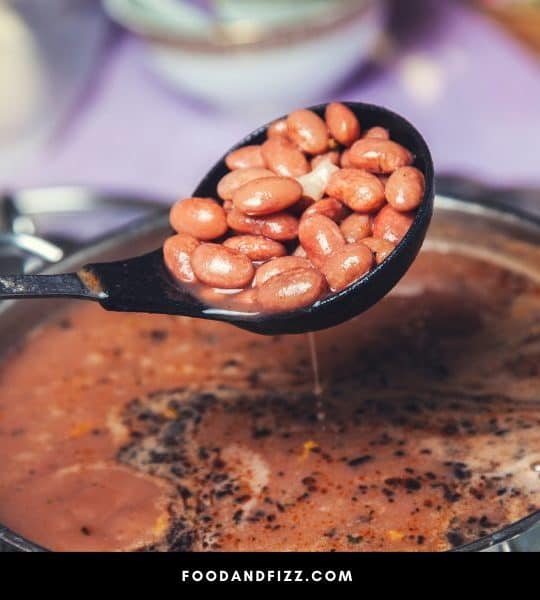Beans are one of the most versatile ingredients you can cook with, and some of the tastiest.
Cooking beans is fairly easy, but they do require some preparation. Preparing them correctly helps ensure proper cooking and ensures that you get the most flavor and nutrition out of your beans.
Undercooking or overcooking beans is a common concern, and getting them cooked just right is an understandably intimidating task for novice cooks.
Undercooked beans are tough and starchy, so it’s easy to tell. But what about overcooked beans? How do you know?
Can You Overcook Beans?
It is possible to overcook beans by keeping them on the heat for too long. Overcooked beans are soft, mushy, less flavorful, and less desirable in texture than beans that are cooked just right. While still safe to eat, overcooking beans can also cause them to lose many of their nutritional benefits.
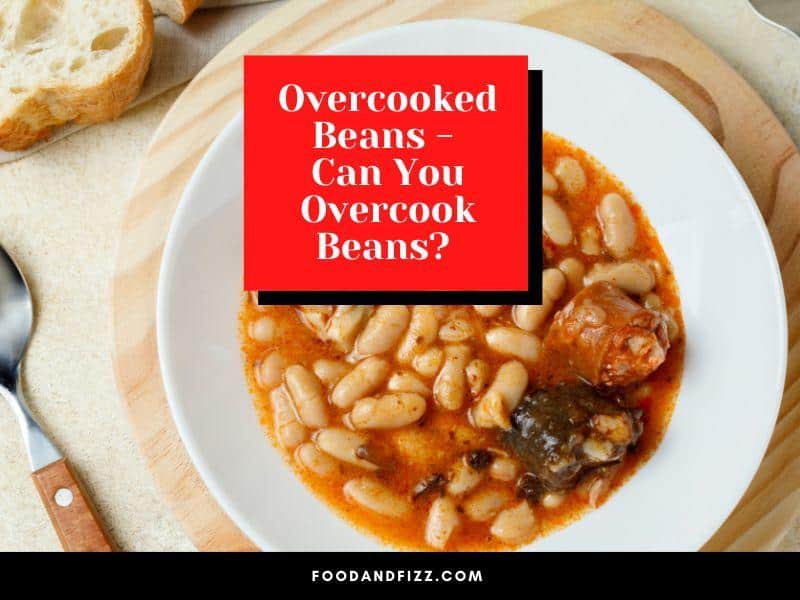
How To Tell If Beans Are Overcooked
There are no hard and fast rules on how long we should cook our beans to make sure they are not undercooked or overcooked. Depending on the cooking method, recipe type, and how old the beans are, cooking times may be different.
However, there are some ways to tell whether your beans are hovering in the overcooked territory.
1. Appearance
Beans, especially when they are in something like a stew or chili, should still be discernible from all the other ingredients in your recipe.
This means that, unless you are making a bean puree or mashed beans, you should still be able to tell that there are beans in there. It should not look like a homogenous mixture where ingredients and textures are not differentiated from each other.
Unless that is the intention of the dish but in general, you should still be able to pick apart the beans from the rest of the recipe, and you should not have any broken beans in the dish.
Overcooked beans will stick to each other and eventually lose their distinct form and will turn mushy and pasty the longer they are cooked.
2. Texture
The longer that beans are cooked, the softer they become until they eventually break down and turn into mush. Overcooked beans will be pasty and mushy. Undercooked beans will be chalky and hard.
Beans that are done just right should be soft enough to bite into but still have their form intact. There should still be a little bit of bite into them. If you pick up a bean and it breaks or falls apart, they are probably overcooked.
3. Taste
Most beans are mild in flavor to begin with, some even bordering on bland. This is what makes them the perfect blank canvas for recipes, and the reason why they are so versatile.
However, overcooking your beans in a soup or stew, for instance, will affect the texture of your stew, and thus affect its overall flavor appeal.
The flavors will not mesh very well, and your beans will not properly absorb the flavors and seasonings you have added, resulting in a less-than flavorful dish.
Overcooked beans, compared to beans that are cooked just right, will be lacking in flavor.
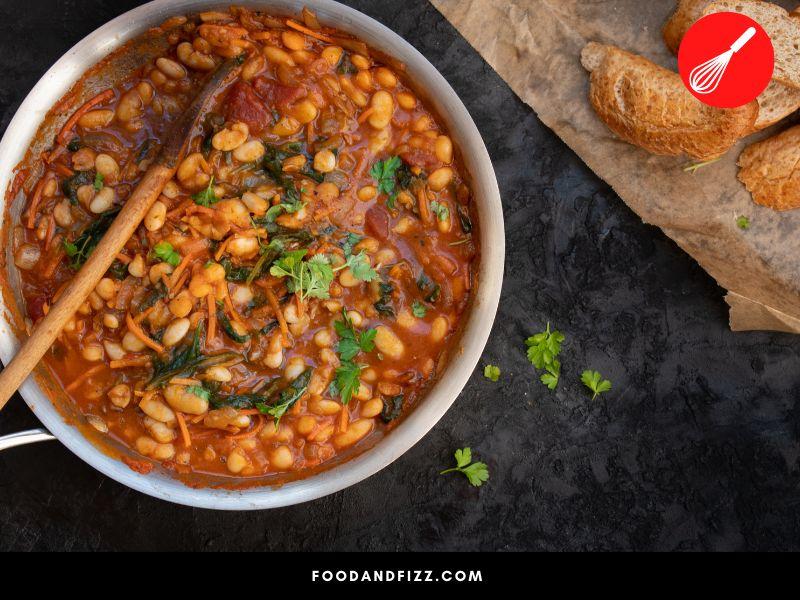
What Are Beans?
Beans are the edible seeds or fruits of legume plants from a plant family known as Fabaceae. Along with peas and lentils, they are also called “pulses”.
While “pulses” and “legumes” are often used interchangeably, it is important to note the difference between the two terms.
Legume pertains to the entire plant, which includes the actual pod, its stems, and its leaves. Pulses refer to the edible seeds inside the pods.
What we usually end up buying in grocery stores, packed and ready to cook, are the edible seeds, or pulses. Legume plants are often used for other purposes, such as fertilizers and for feeding of livestock.
Pulses are considered by the USDA My Plate Guidelines to be both a vegetable subgroup and a protein subgroup, which means that eating beans regularly helps you check off both your daily vegetable and protein requirements.
Aside from being a source of protein, they are rich in fiber, potassium, iron, and zinc. Beans are a nutritional powerhouse and a great addition to a healthy diet.
Examples of Beans and Common Uses
There are many different types of beans, and some are very much associated with certain types of cuisine. Some examples of commonly used beans are:
1. Black Beans
Also called turtle beans because of their hard, glossy outer shell, black beans are one of the most commonly consumed and versatile beans to use.
They feature prominently in Latin American and Tex-Mex cuisine and are used in dishes like Cuban Black Beans and Southwest Chicken and Black Beans. Because of their smoky flavor, they also make great veggie burgers.
Read: How To Heat Up Black Beans
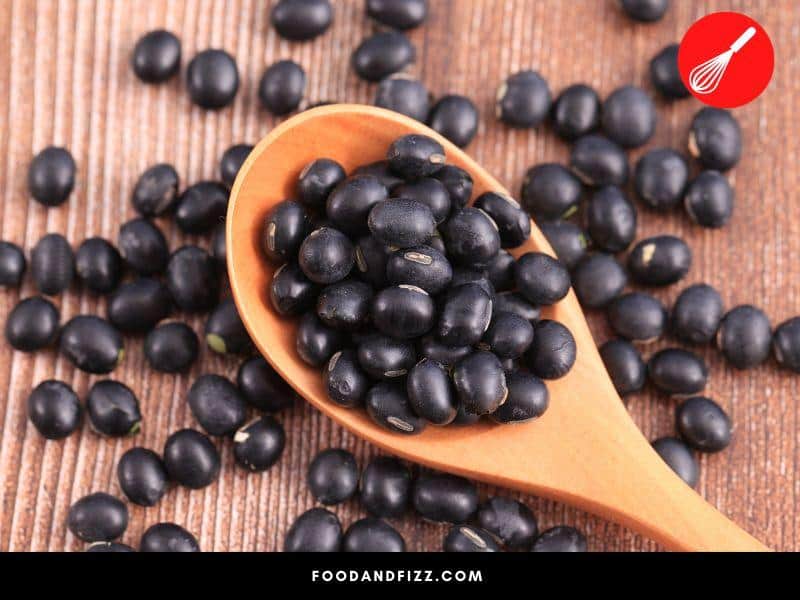
2. Kidney Beans
Kidney beans are named as such because they resemble the color and shape of kidneys, and actually contain important vitamins and minerals that promote kidney health and overall health. They are great to use on salads, pasta, and chili, and especially great on dishes that include tomatoes.
3. Navy Beans
Navy beans, on the other hand, are not named for their color, but named after the U.S. Navy. Also known as Boston beans or Yankee beans, they were consumed a lot by the U.S. Navy in the early 20th century.
They are creamy white in color, have a mild flavor, and because they are the bean most often used to make baked beans, they feature prominently in traditional English breakfast.
4. Cannelini Beans
Cannelini Beans are also known as white Italian kidney beans, and feature prominently in Mediterranean cuisine. They are mild in flavor and can be mashed and added to wraps, added to vegetable soups (like Minestrone), pasta, and salads.
They are lower in calories than other types of beans. They may also be used as a base for a creamy white sauce, a vegan alternative to cream.
5. Pinto Beans
Pinto Beans are native to Mexico and Peru and are named as such because the raw beans look like they were painted with a pattern. The term “pinto” means “painted” in Spanish. Like other beans, Pinto Beans are healthy and full of fiber and are most popularly used in refried beans.
6. Chickpeas
Also known as garbanzo beans, chickpeas are a main feature in Middle Eastern cuisine. The most famous use for chickpeas is hummus, but they have many other uses beyond that.
They can be added to soups and salads, roasted and seasoned, and eaten on their own, or they can be ground up into flour. When finely ground and used as flour in baking, they mimic the action of eggs and give your egg-free baked goods a nice, fluffy texture.
They are a great substitute for eggs, and chickpea water, known as aquafaba, is actually used a lot in vegan baking to replace eggs and make egg-free meringues and egg-free buttercreams.
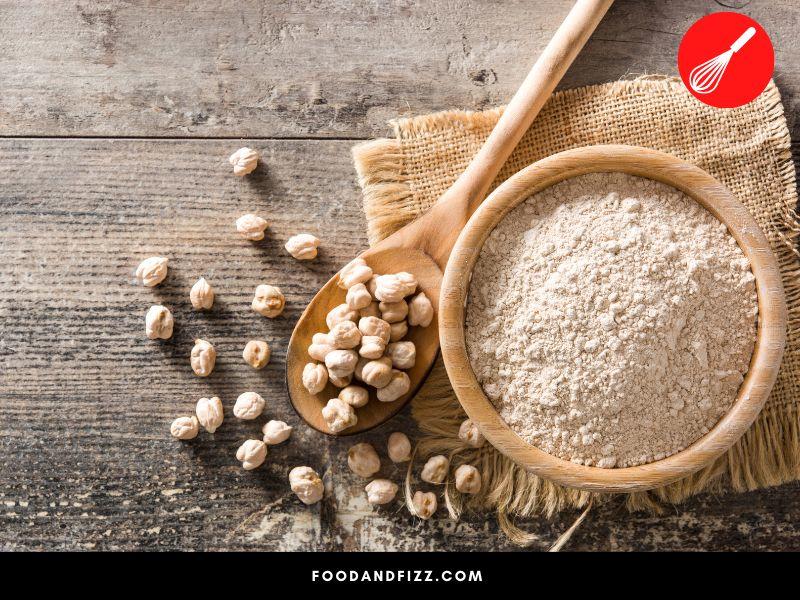
7. Mung Beans
Mung beans are small, green beans that look similar to lentils that are native to Asia and feature prominently in a lot of Asian dishes. They can be made into stews or soups, and when sprouted, can be stir-fried and wrapped into spring rolls.
They are rich in vitamins, minerals, and anti-oxidants, and interestingly enough, they can be used in both sweet and savory applications.
Sweet mung bean paste is a common filling for sweet cakes in China and Vietnam, and sweet mung bean pudding mixed with tapioca pearls is a common dessert in the region.
8. Adzuki Beans
Adzuki beans are small, little red mung beans that are common in East Asia and feature prominently in the cooking of the region. They have a nutty flavor and like green mung beans, can be used in sweet and savory applications.
In Japanese and Chinese cuisine, they are often boiled, mashed and sweetened for use as sweet fillings for bread, like a popular sweet roll called anpan. Adzuki beans are healthy, and often used in medicinal cooking.
There are many other types of beans that are cultivated in different parts of the world, affirming the fact that they are a staple food in many cultures, are versatile, and can be adapted to different tastes and flavor profiles.
Tips for Cooking Beans Properly
As we mentioned earlier, cooking beans takes some preparation but the novice cook need not be intimidated. Below are some tips to follow to make sure that your bean-cooking experience is a great one.
1. Start with Properly Stored, Fresh Beans
As with anything in cooking, it is important to start off with fresh ingredients. Make sure your package of dried beans hasn’t been sitting in your pantry for more than 2 years, even if it is sealed.
Older beans tend to lose their nutrients over time and lose their ability to properly absorb water when cooked, resulting in an underwhelming dish.
While dried beans last a really long time, make sure it is not too long before you use them. Also, it is important to source from a reputable source that replenishes its ingredients regularly. If using canned beans, make sure the canned beans are also not too old.
2. Soak Your Beans
Soaking not only shortens the cooking time of most beans but they also might help make your beans easier to digest. This second point is a bit controversial, as some do not believe it necessarily makes a huge difference in digestibility, however I believe that soaking is still the way to go.
You can soak your beans in water overnight if you plan to cook them the next day or do a quick soak. Soaking, according to the University of Nebraska-Lincoln, helps neutralize some of the complex starches in beans that cause many people digestive discomfort.
Read: Soaking Beans Overnight – Do You Refrigerate
3. Salt and Season Properly
Some believe that salting your beans too early can hamper the cooking process but most expert cooks believe the contrary. Salting and seasoning your beans early help them develop and absorb flavor properly.
Some even go as far as brining their beans, as it is said to help break down some of the components in the beans which allow them to more readily absorb flavor.
4. Cook Longer, On Low Heat
This may be unpopular as most of us are busy and do not have the luxury of time for slow cooking.
However, cooking low and slow allows your beans to properly absorb flavor and retain their shape, which results in a dish with more depth, character, and integrity to it.
Boiling vigorously will cook your beans in a short amount of time, but it might also overcook your beans more quickly, and cause them to break more easily.
There is also an argument that vigorous boiling tends to kill the nutritional component of food more quickly than other methods like slow simmering and baking, as some of the vitamins and minerals in beans are water-soluble.
Gently cooking your beans on low heat for a longer period of time preserves their nutrients, taste, and flavor.
5. Taste Often
The nice thing about cooking is that you can start eating before your dish is even done. It is not a suggestion but a must for any successful cook.
Tasting your dish regularly as it progresses helps ensure that you impart the best flavor to it and helps ensure proper cooking.
Expert cooks say that you should taste at least three beans in a row before concluding that they are done. Beans should be soft but not mushy and should retain their shape.
If they are hard and chalky, cook them for a longer time. If they break easily, they are likely overcooked.
As with most things in cooking, knowing the right amount of time to cook beans will get easier with practice.
The more you cook with these delicious and healthy pulses, the better you will be at cooking them to the perfect consistency.

Are Overcooked Beans Less Healthy?
In general, the longer the food is cooked and heated, the more that its nutritional components are destroyed.
Cooking your beans for too long can cause some of the touted nutritional benefits to be destroyed, making them less healthy than properly cooked beans.
Undercooked beans, on the other hand, can make them more difficult to digest and can hinder the proper absorption of nutrients.
Cooking beans to the right doneness ensures not only that a lot of the nutrients remain intact, but that the texture is enjoyable too.
Overcooked beans are still safe to eat, but whether it will be a pleasant experience or will lead you to enjoy your dish is a different matter altogether.
Frequently Asked Questions to Can You Overcook Beans?
Are Overcooked Beans Still Nutritious?
Overcooking beans can cause some of their nutritional benefits to be destroyed, as in general, the longer that the food is cooked over heat, the more that nutritional benefits degrade.
Can You Get Sick from Undercooked Beans?
Beans are undercooked if they are hard and chalky, and can make you sick if you consume them undercooked, especially if they are kidney beans. Raw or undercooked kidney beans can cause food-borne illnesses, due to the presence of a protein called Lectin.
Conclusion to Can You Overcook Beans?
You can overcook beans if you keep them on the heat for longer than necessary.
Overcooked beans are mushy, and pasty and do not retain their shape or form. Most experts also believe that overcooking beans makes them lose most of their nutritional benefits.

